The working principle of a door lock actuator for a car model can vary slightly depending on the specific design and mechanism used. However, the general principle involves the following steps:
Electrical Signal: When the driver or passenger presses the lock/unlock button on the car's key fob, door panel, or central locking system, an electrical signal is sent to the door lock actuator.
Motor Activation: The door lock actuator contains a small electric motor that receives the electrical signal. The motor is typically equipped with gears or a linkage mechanism.
.jpg)
Gear or Linkage Movement: Upon receiving the electrical signal, the motor starts rotating. The rotation of the motor's gear or linkage mechanism translates into linear motion or rotation of the door lock actuator.
Locking or Unlocking Action: The linear motion or rotation of the door lock actuator engages with the door lock mechanism inside the door. The specific type of mechanism can vary, such as a latch, rod, or cable system. The actuator either pushes or pulls the mechanism, depending on whether the intent is to lock or unlock the door.
Locking Confirmation: Once the door lock actuator has completed its motion, it signals the control module or receiver that the locking or unlocking action has been executed. This feedback allows the control system to provide visual or audible confirmation to the user, such as flashing lights or a beep.
It's important to note that some car models may have variations in the door lock actuator design or additional features. For example, some modern vehicles may incorporate sensors to detect obstacles or resistance during the locking or unlocking process to prevent damage. Additionally, certain car models may have integrated security systems that communicate with the door lock actuator for enhanced security features.
Overall, the door lock actuator serves as an electromechanical device that converts electrical signals into mechanical motion, enabling the locking or unlocking of car doors. Its functionality is crucial for providing convenience, security, and control over the vehicle's access system.


 English
English Español
Español
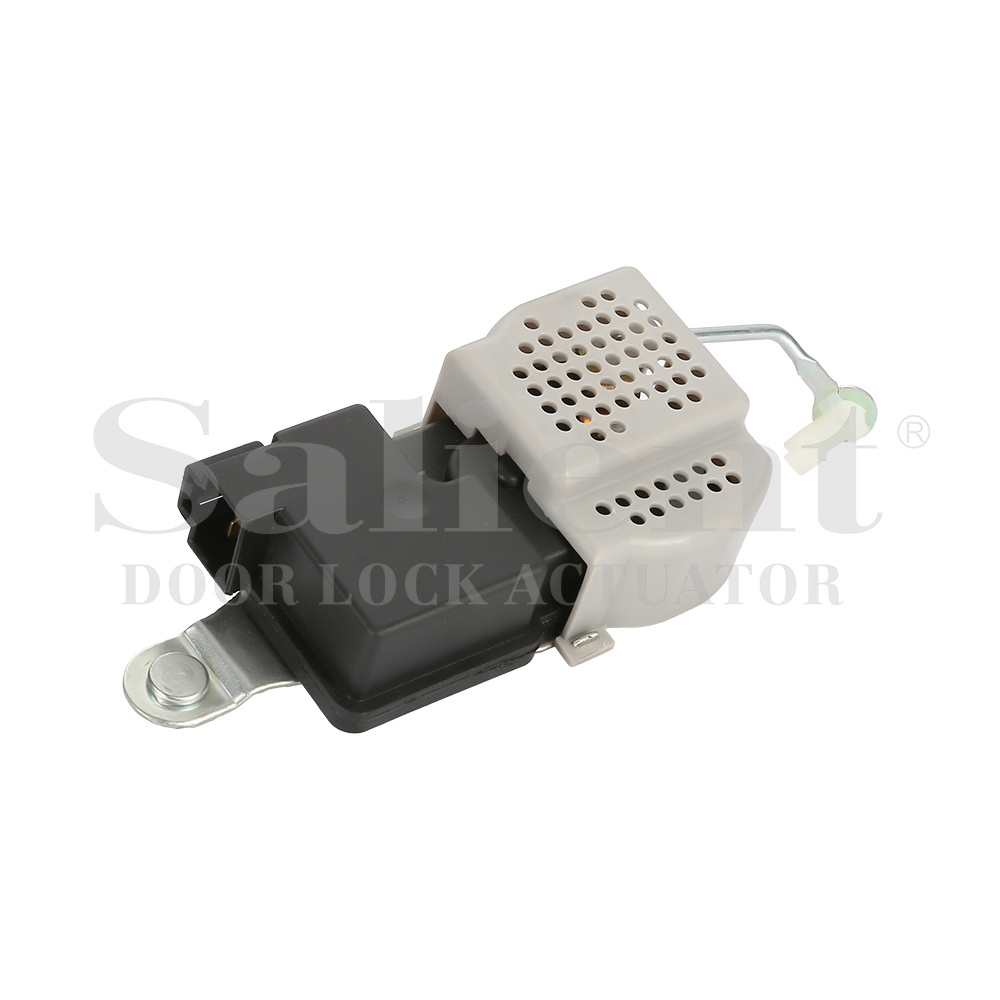
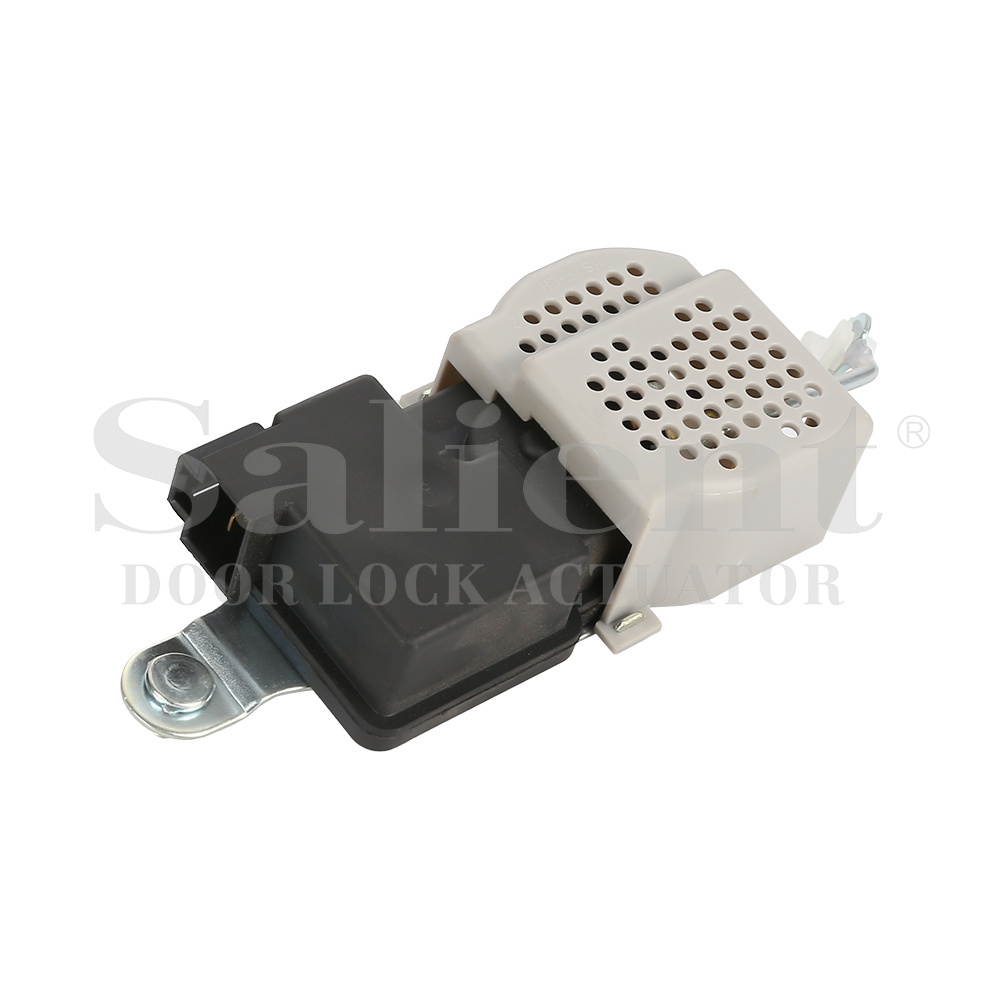
-1.jpg)
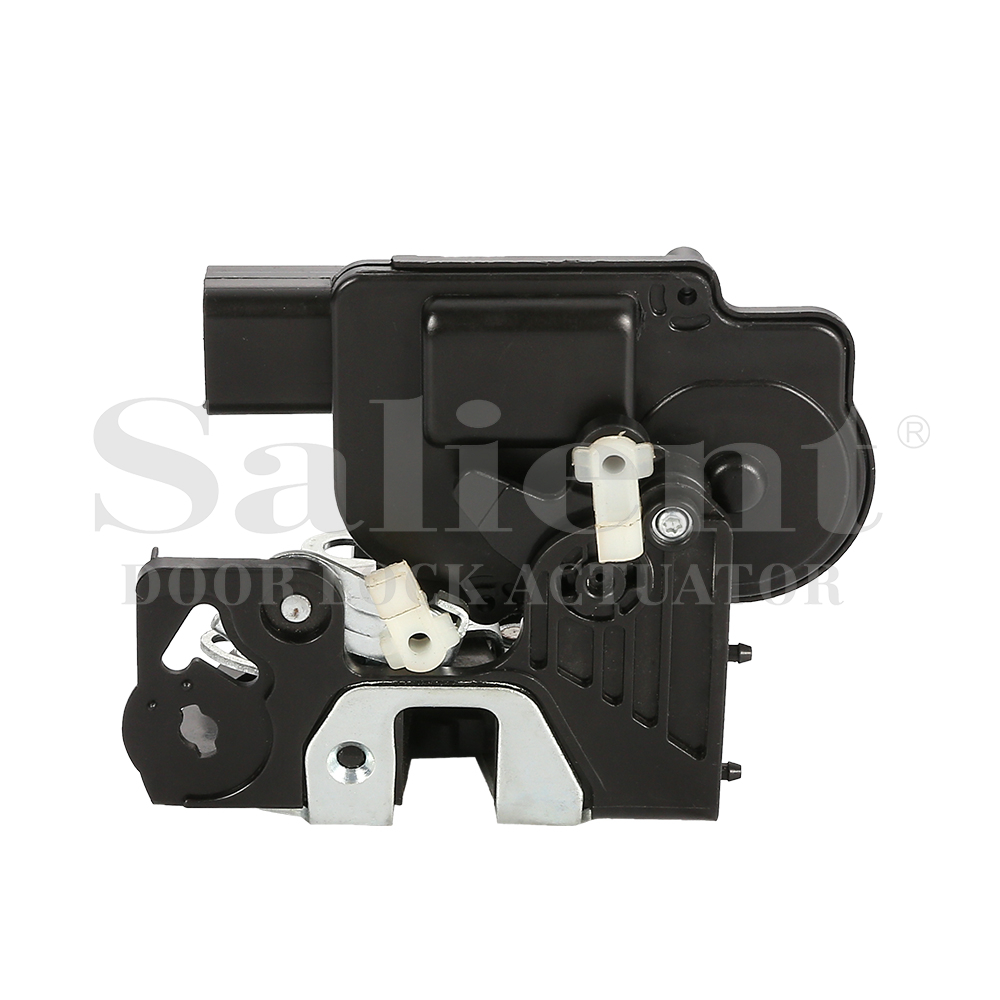
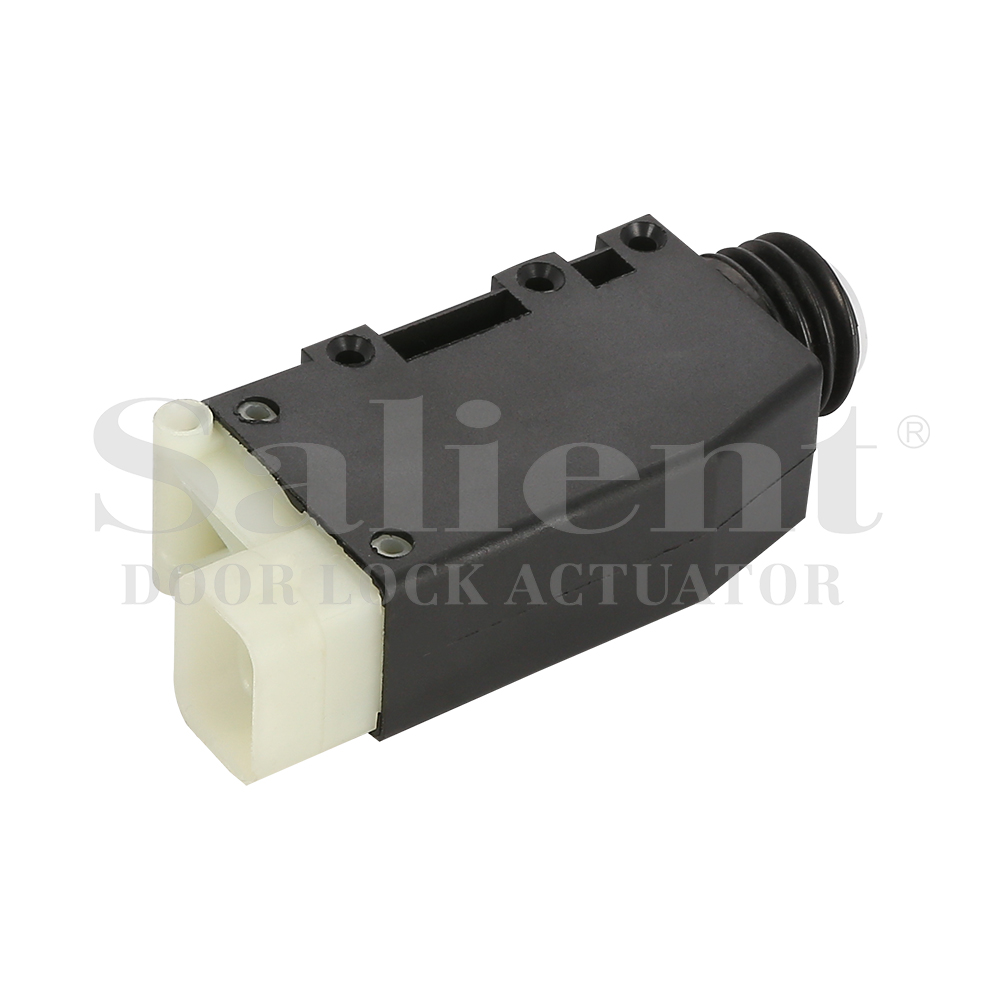
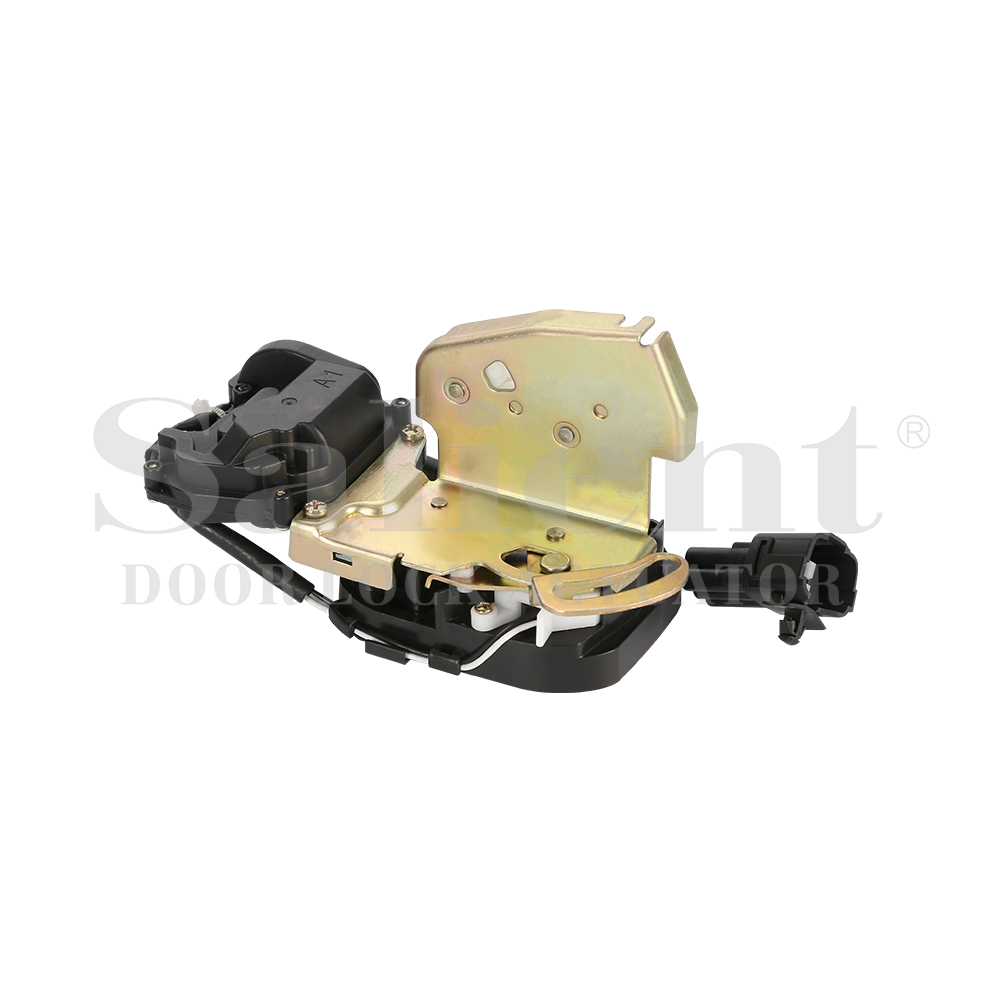
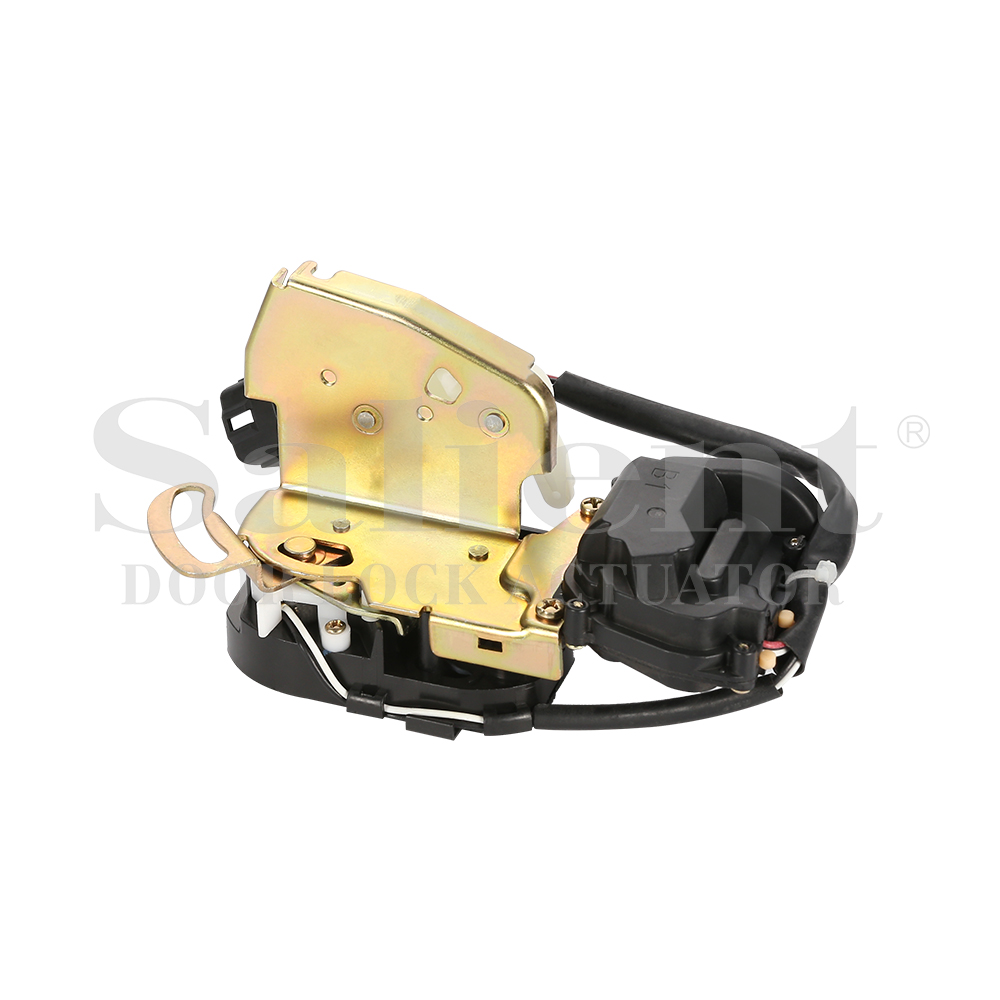
-1.jpg)
.jpg)
.jpg)
.jpg)
.jpg)

